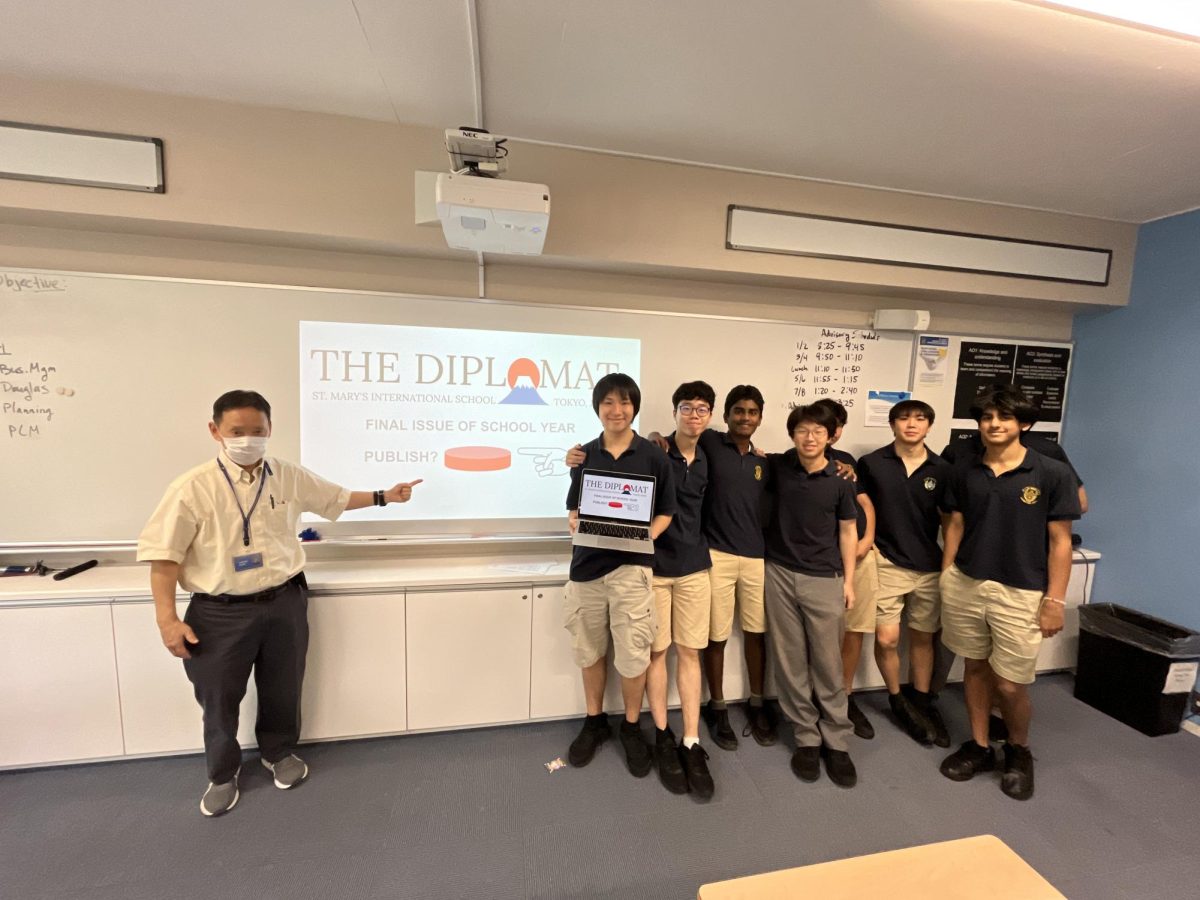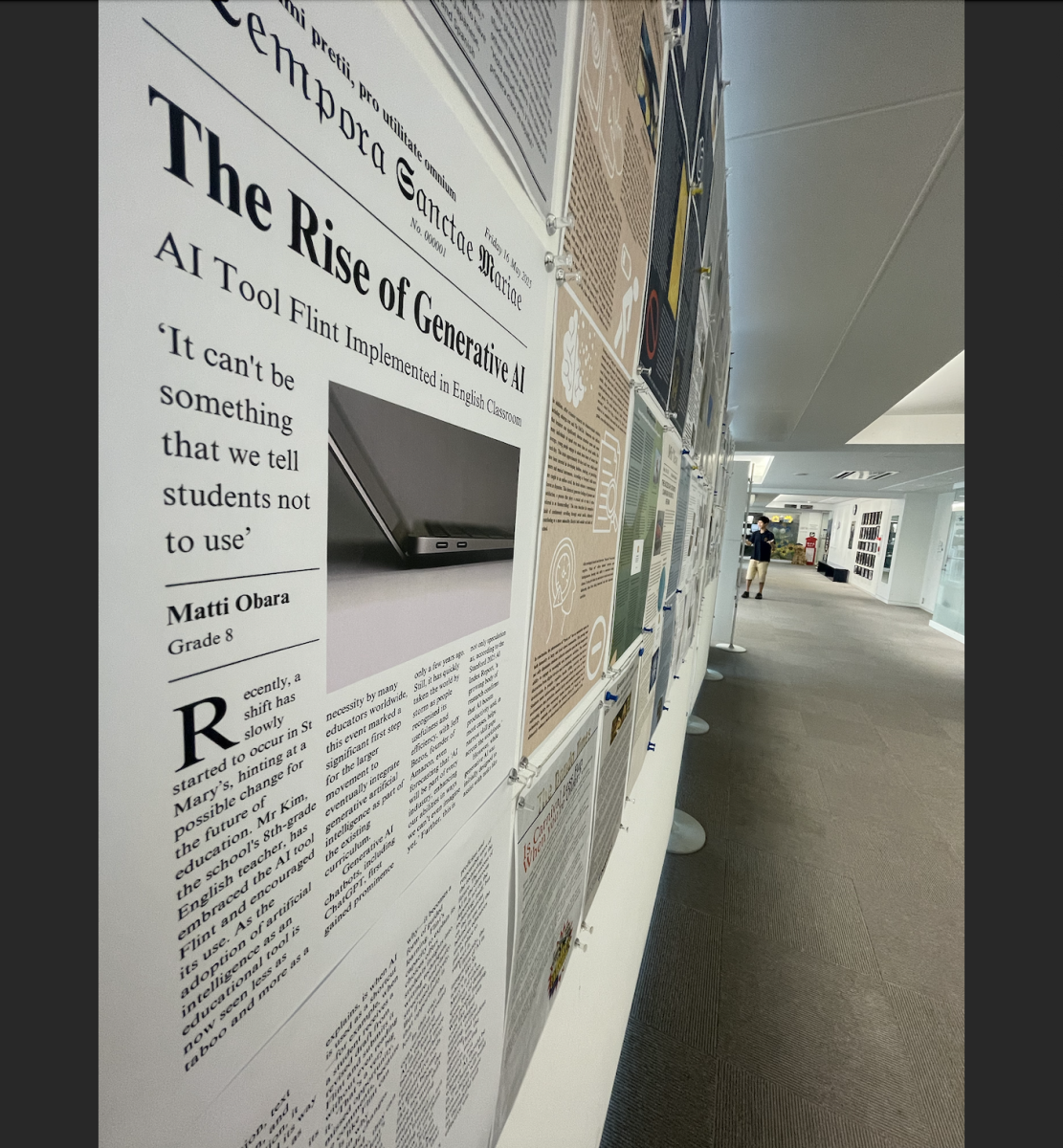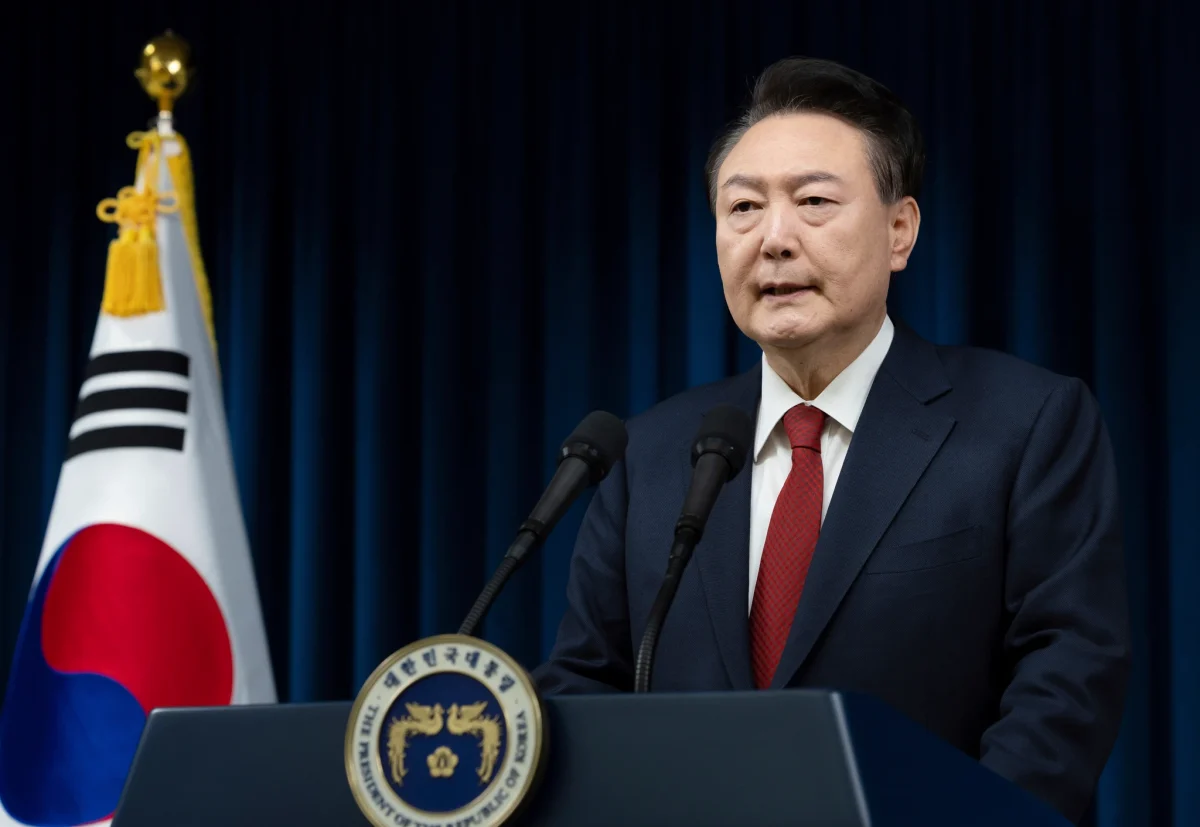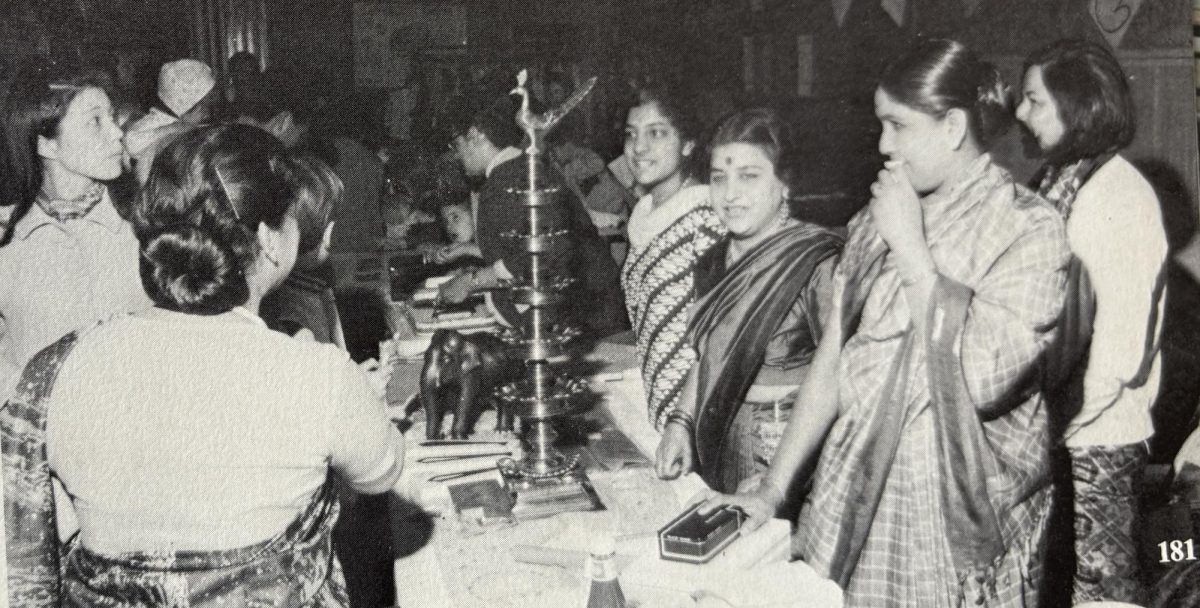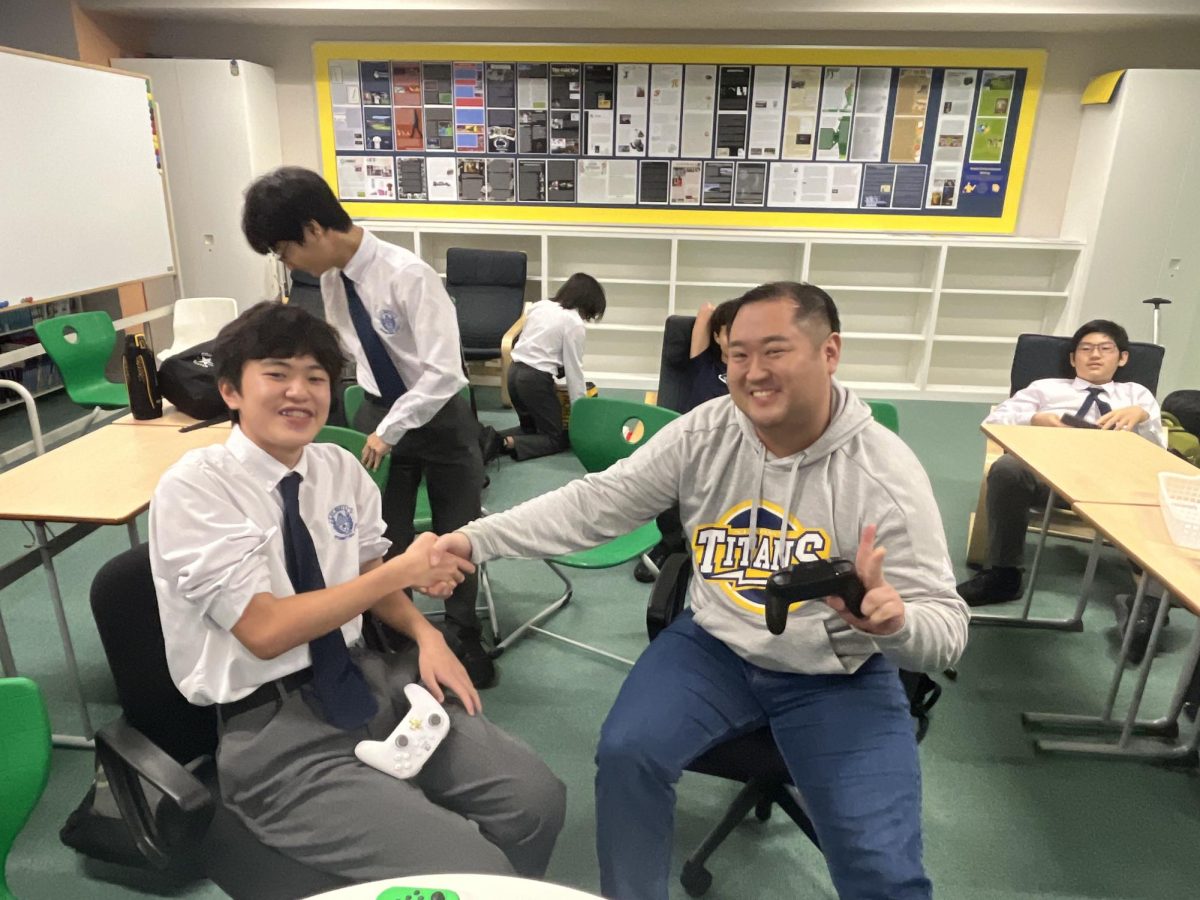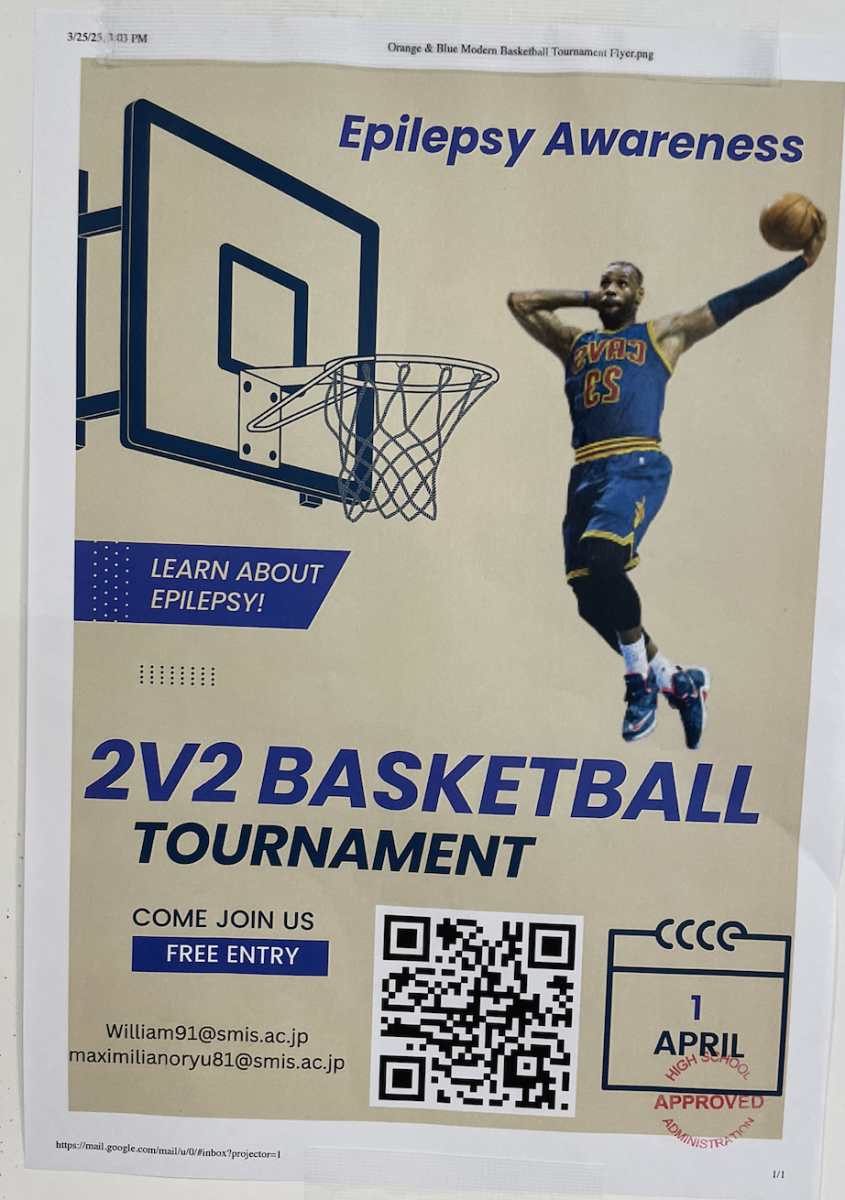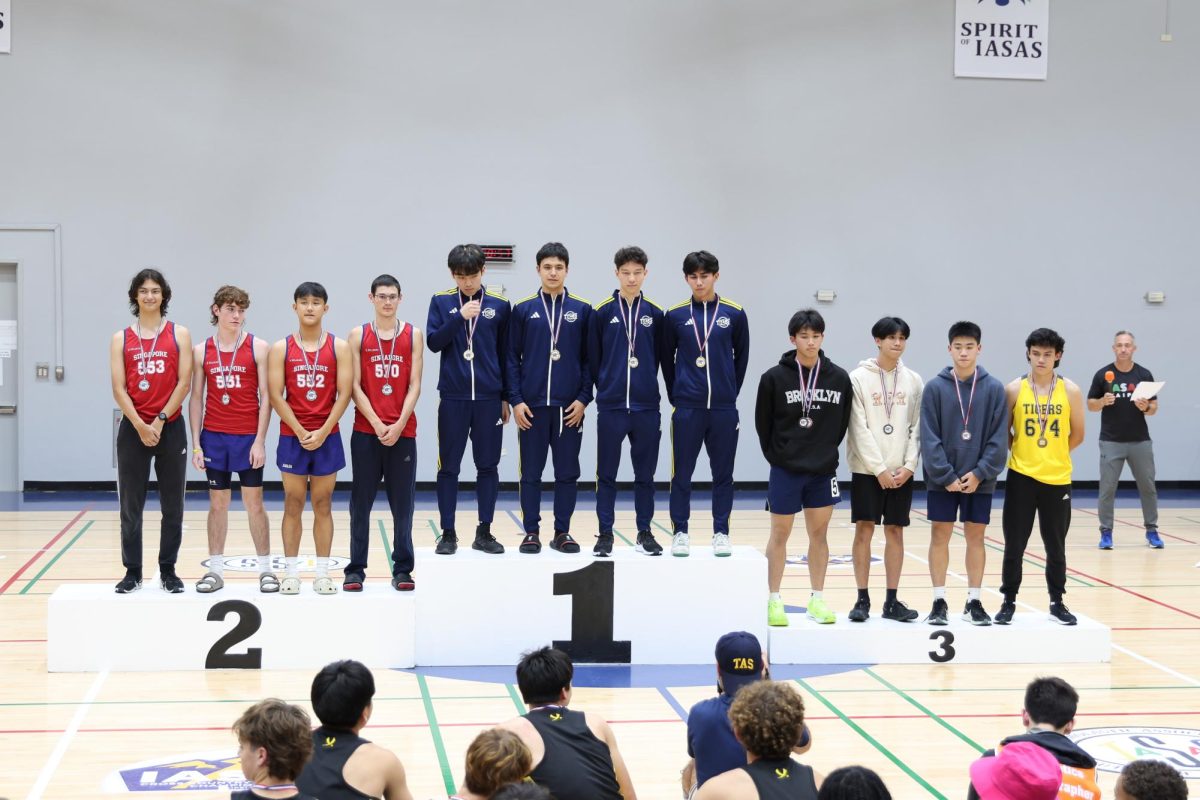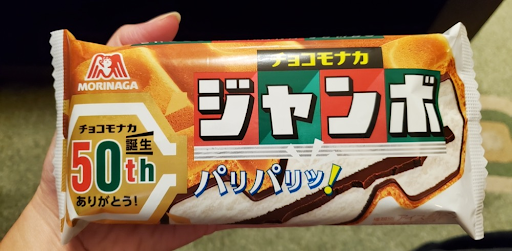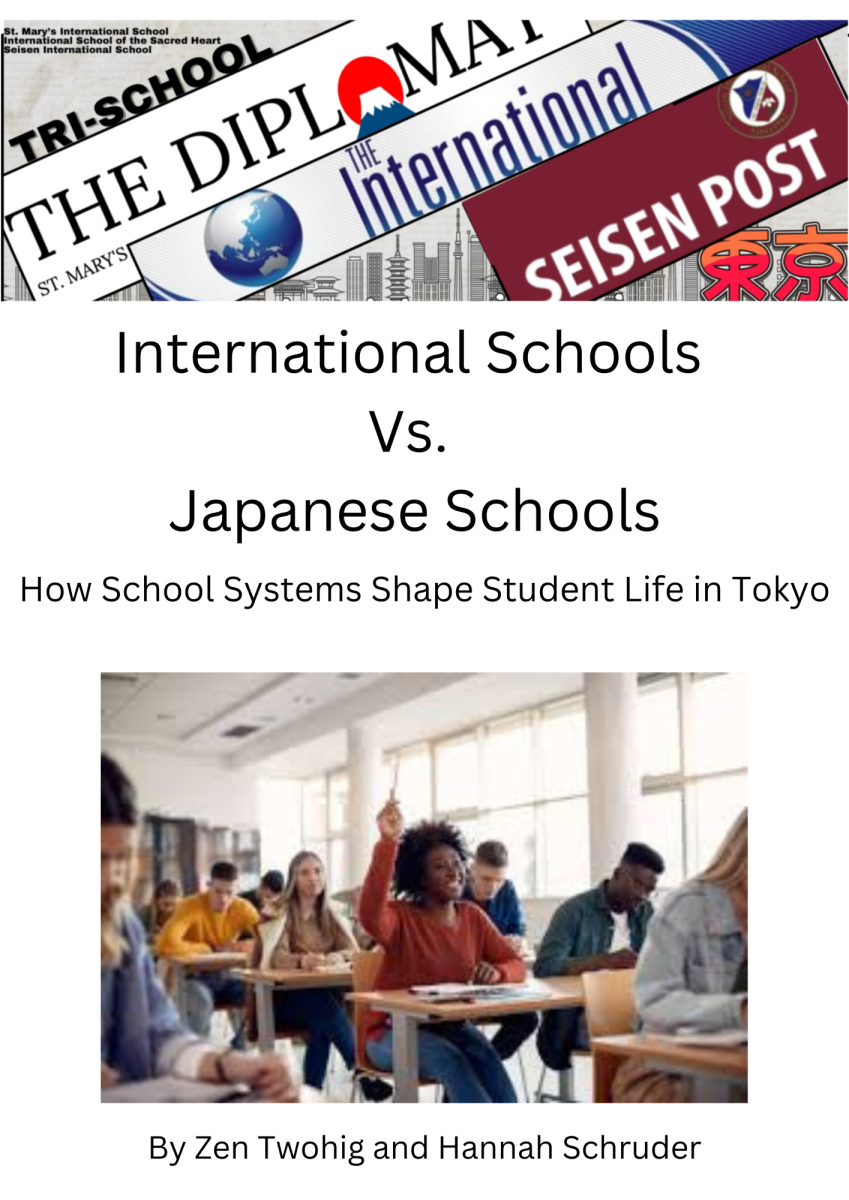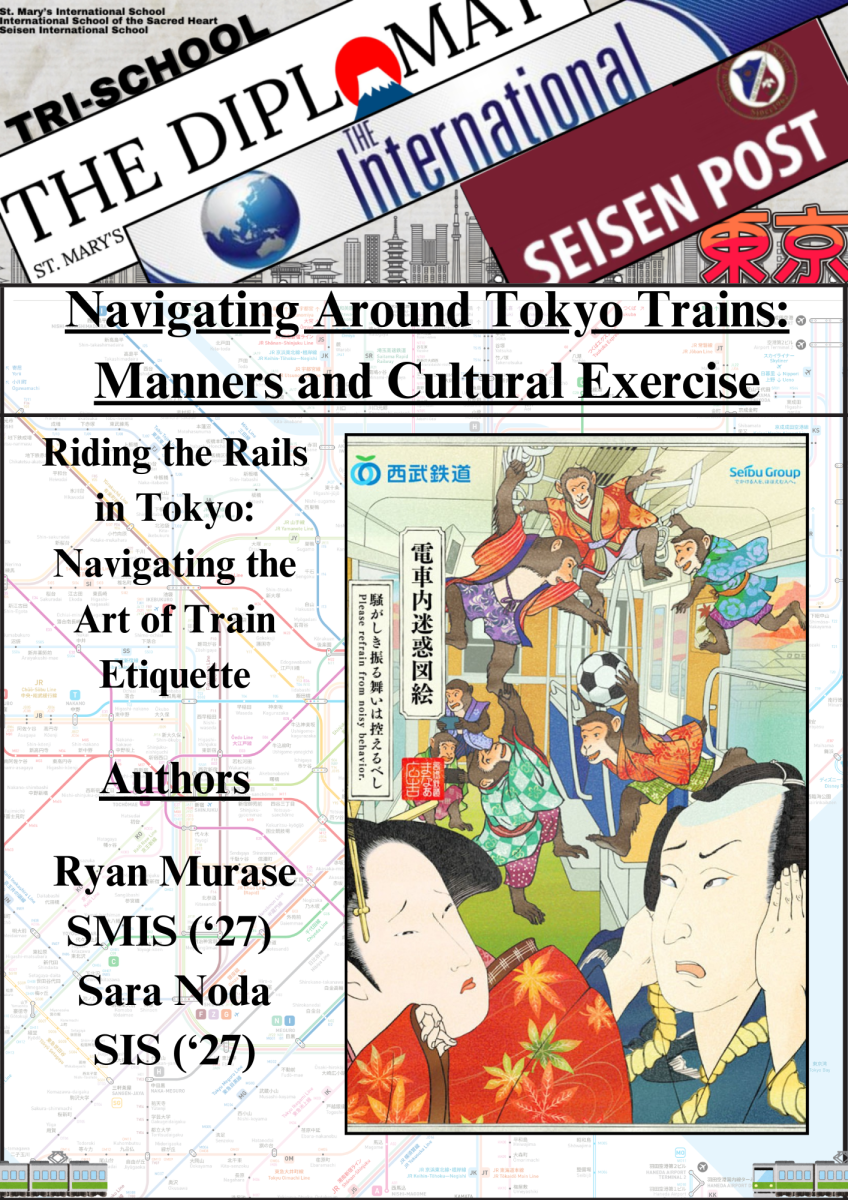Reflecting Tradition
Held near the end of the academic year, the spring choral concert at St Mary’s, an international school in Tokyo, may not have been as grand a spectacle as the many performances that preceded it, but it was a moment that asked to be noticed for what it is and represents. As with previous years, the annual spring concert this April brought together student musicians across grade levels in a culminating performance. Yet its meaning stretches far beyond the applause at its close; indeed, the spring concert also serves as a mirror, a reflection of the music tradition that has developed persistently over time at the school.
Legacy and Transition
For decades, the Stensons were a cornerstone of the St Mary’s music programme, building a tradition of excellence that became synonymous with the school’s identity. Under their leadership, the choral program not only gained recognition across Japan but also received international acclaim. Thus, it is unsurprising that their departure last year seemed to have marked the end of an era, leaving many to wonder if the programme could maintain its distinguished status.
With the employment of Mr Takami as the new director at the beginning of this school year, the middle school choirs have experienced the second change in leadership within the span of two years. Furthermore, the long-time director of the Men’s Choir and Varsity Ensemble in high school, Mr Stenson, has been replaced by Mr Drahos as of this year. ‘If I’m speaking very frankly, there were plenty of people in this building and in the city that would have thought that it would be very easy for anybody to come in after the history of the Stensons and fail,’ says Mr Drahos. ‘And I was one of those… what if it turns out I’m just really bad?’
In a recent survey in which almost all 8th graders from the school participated, many singers in the choir expressed their frustration at having their teachers changed with such frequency. One person mentioned that ‘Choir became worse with the Stensons leaving,’ while another echoed the sentiment by indicating that ‘I feel like [the choir] got worse, since the teachers get switched every year.’ Yet, for many, the tradition of the music of St Mary’s is not truly one limited to its teachers, as evidenced by the success of the concert and the programme as a whole.
Facing the Challenges
Despite concerns about leadership transitions, the spring concert demonstrated remarkable continuity in the St Mary’s musical tradition. The programme still featured the signature mix of sacred works and international folk songs that had defined past performances, and, perhaps more importantly, the characteristic ‘St Mary’s sound’ remained marked by precise diction and warm tonal blend that was unmistakable.
The continued success is particularly impressive considering the challenges faced by new directors. Mr Drahos describes his experience as ‘jumping on a treadmill that’s already full speed,’ explaining that ‘everybody knew what a year at St Mary’s music looked like. And they knew what the flow was, and they knew the things we did and why we did them… And I didn’t know any of it.’
While preserving the core tradition, Mr Drahos has also introduced subtle evolutions, noting that he prefers ‘a different type of tone’ that is ‘a little bit warmer, a little bit rounder.’ This approach illustrates how the St Mary’s sound continues to develop even as it maintains its distinctive character and reputation for excellence.
New Approaches
One shift brought from the transition in leadership was in teaching philosophy. For example, Mr Drahos describes his approach as more question-and-answer based; that is, wanting students to understand why they are making certain musical choices rather than simply following directions. ‘I don’t want you to sing loud because I tell you to sing loud,’ he explains. ‘I want you to sing loud because it’s marked forte and it’s the peak of the song.’ This approach initially met with silence from students accustomed to a different teaching style, but over time, it has led to increased active engagement with the musical decision-making process.
This small change in directing method reflects a broader trend in music education at the school and specifically toward developing independent musicians rather than just skilled performers. As Mr Drahos puts it, ‘If I do my job really well at any concert, if I were to fall sick or pass out on the podium, everyone there could keep going.’ He emphasises his focus on teaching students to understand music rather than simply echoing it: ‘I want any student who comes into my room to leave that room with the skills to do whatever music they want in the rest of their life.’ Such philosophy represents a slight shift from the performance-focused approach that has traditionally defined the programme, and may signify more changes to the existing culture of music education at St Mary’s.
A Parallel Story
The instrumental music programme at St Mary’s offers an illuminating parallel to the current state of the choral programme. Mr Griggs, the band director, recalls that when he arrived four years ago, ‘instrumental music at St Mary’s has always been second to choir.’ He describes finding a programme that ‘took a significant step backwards’ before his arrival, with an eighth grader who ‘said he never actually got to play during a concert.’ The band was small, with ‘between sixth grade and twelfth grade, we had less than 100, maybe 80’ students.
Mr Griggs made it his mission ‘to raise it to the same level as the choir’, a goal that initially seemed daunting. ‘After my first day, the quality was so bad that I told my wife, “This might have been the worst career decision of my life,”’ he admits. However, through persistent effort and strategic development, including the creation of the Varsity Jazz Band ‘as an answer to Varsity Choir’, the instrumental programme has flourished. Today, the band programme has ‘doubled in size’ to about 160 students, and Mr Griggs believes that ‘band is a little bit ahead of choir now… we achieved it this year.’
This transformation offers a blueprint for how the choral programme might navigate its own period of transition. Just as the band programme established new milestones and expanded its offerings while maintaining high standards, the choir programme now has the opportunity to build upon its strong foundation while incorporating fresh perspectives.
Culture and Perception
Music is not just another subject at this school and certainly not something confined to the corners of a timetable or treated as extracurricular noise. Ms Tanizaki, a piano accompanist at St Mary’s, believes that ‘the school has an environment where singing is a regular part of student life.’ However, fully understanding how this aspect of student life and the school’s tradition is viewed requires tracing the way music functions within the school, not just as a performance, but as a form of connection, discipline, and presence.
The St Mary’s ‘Varsity Band and Choir are representative of what St Mary’s is all about with music,’ thinks Mr Takami, the director of the middle school choirs and handbells. He believes that ‘through their gorgeous trained sound, they tell many things… musical skills, discipline and teamwork.’ In particular, he hopes the most defining aspect of St Mary’s music is the discipline that the students have, saying that ‘I personally don’t want to create a choir performing excellently, but without any discipline.’
The perception of St Mary’s music from within the school community remains one of pride and high expectations. Mr Takami observes that ‘singing is a cool thing’ at St Mary’s, unlike at some Japanese public schools where ‘boys don’t sing because they think singing is not a cool thing.’ This cultural difference is significant, creating an environment where musical excellence is valued and respected.
Arriving at St Mary’s at the beginning of the school year to replace Mrs Stenson, Ms Tanizaki was also immediately struck by both the musical abilities and the general attitude of the students. ‘When I came here at the beginning, it was a little bit different,’ she notes, comparing St Mary’s to her previous experiences. ‘The feeling, the passion for the men’s choir. And also they can follow the directions so quickly.’ This impression of St Mary’s students as both talented and disciplined is one that is shared by many observers, both within and outside the school community.
The perception of St Mary’s music from those outside the school community has always been one of admiration. Ms Hashimoto-Uesaka from Seisen International School, St Mary’s sister school, remarks that ‘the choral and instrumental programme at St Mary’s has always been and still is very strong in the Kanto Plain.’ This reputation extends beyond local recognition, as evidenced by the choir’s recent success at the World Strides Festival in Hawaii, where they ‘took home gold’ with ‘really good scores’, according to Mr Drahos.
Visions for the Future
Looking ahead, both Mr Drahos and Mr Takami see opportunities for growth while maintaining the core values that have defined St Mary’s music. Mr Drahos has ambitious plans, including performing ‘mass works, some large works’ such as ‘Handel’s Messiah or a requiem’ with orchestral instruments in a rented hall. He also hopes to increase student participation in the International Baccalaureate music programme and improve retention rates throughout high school. Additionally, he envisions more collaboration between the choir and band programmes and other ‘opportunities to make music together,’ noting the possibility of ‘a fall performance next year that we’re going to invite instrumentalists and singers’ to participate in. Mr Drahos also envisions expanding the programme’s offerings to include more specialised ensembles, such as ‘an auditioned men’s choir and an unauditioned men’s choir’ or ‘a freshman ensemble and a 10th through 12th grader ensemble’.
Similarly, Mr Takami hopes to build upon the existing culture while emphasising the educational aspects of music. ‘My personal goal is I’d like students to learn more,’ he explains. ‘Through music, I’d like them to learn more universal skills.’ He believes that music teaches valuable life lessons about perseverance, listening carefully to instructions, and working as a team: skills that extend far beyond the choir room.
Mr Griggs, meanwhile, has even more ambitious goals for the music programme as a whole. He declares that he wants to make it so that ‘we are the music school of Japan; internationally, we are the music school of Asia,’ though he acknowledges that fully embracing this identity would require institutional commitment. ‘If that’s not something that [the administration] want[s], I’ll probably try to build that myself,’ he adds, demonstrating the drive that has propelled the band programme’s remarkable growth. However, even as the new head of school, Dr Davies, has described it as the strongest music programme that he had ever encountered in his career, Mr Griggs emphasises that ‘it’s not like we’re sitting at the top, comfortable… You never reach the top, because the second you plant the flag, you can never reach the goal,’ believing that the music curriculum of St Mary’s must be one that always improves.
Continuity and Change
The spring concert was not only the culmination of the year’s efforts, but a testament to the resilience of the St Mary’s music tradition. The essence of what makes St Mary’s music special, the discipline, the passion, and the commitment to excellence shared amongst the students, remained through transitions in leadership. As Mr Drahos observes, the performances at St Mary’s are ‘powerful and passionate’ and ‘at a very high level, particularly for high school and particularly for international high schools’.
As the last major choir concert of the school year, the spring performance served as both a celebration of the year’s achievements and a glimpse of what lies ahead: proof that the tradition of St Mary’s music is one that is alive, which can change and be used as a strong foundation for future growth. In the words of Mr Griggs, it is always possible to stay content with what you have, ‘but it’s such a short-term gratification, and it quickly gets replaced with another goal.’ This perspective captures the essence of the St Mary’s music programme—always striving, always improving, never content to rest on past achievements. Thus, as the final notes of the spring concert faded away, the resonance left behind was not just memories of a successful performance but the promise of continued excellence for many more years to come.

